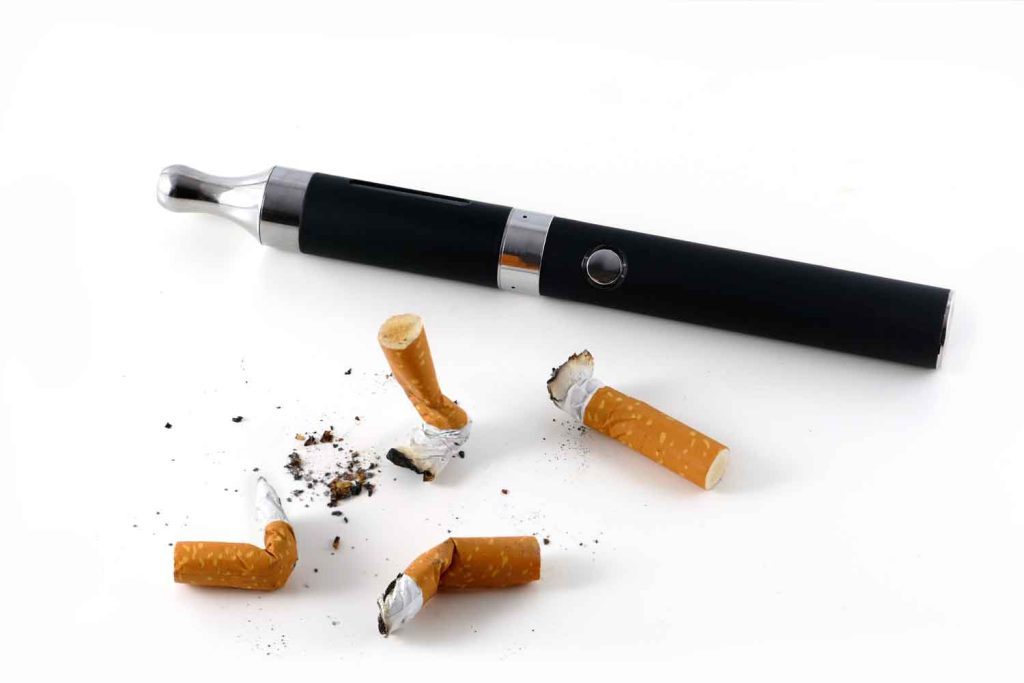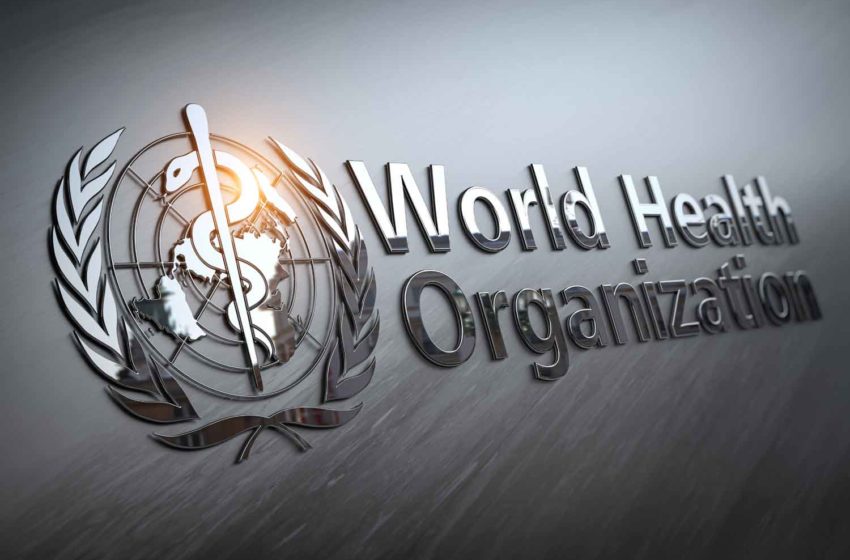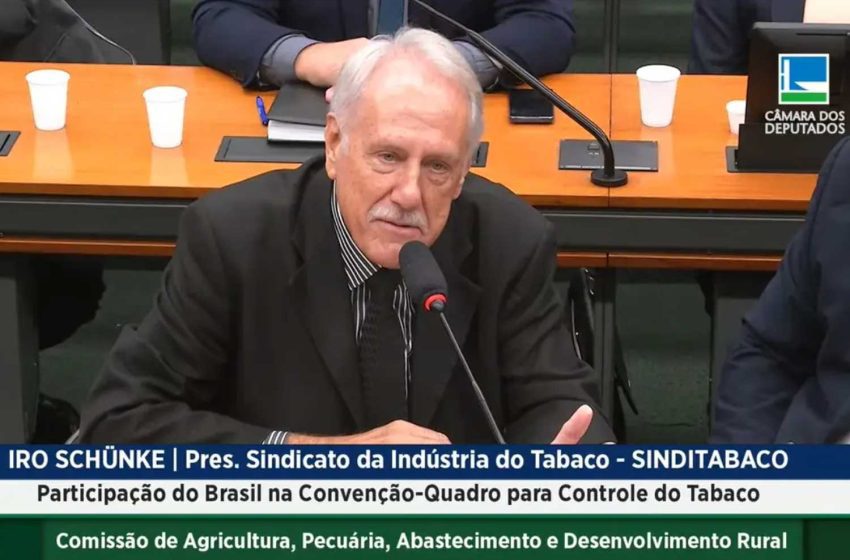Two Aspects of 1998 Thinking that Persist Today Despite Profound Changes Underway
Geopolitics has become messy and unpredictable. Paul Tucker describes this in detail in his latest book, Global Discord. Multilateralism as we knew it even a decade ago has eroded fast. The major political and military powers are in a heightened state of tension. Geopolitical threats like pandemics and climate change are not being addressed in the spirit of a common future as was the norm in earlier periods. It is very unlikely that we could have had the degree of agreement negotiated for the FCTC today as was achieved 20 years ago. Brundtland confirmed this was the case in our discussions a few years ago. Going forward, this will have implications for future efforts to update the FCTC or to adjust in the light of new evidence.
The FCTC ignored innovation. The FCTC does not mention intellectual property nor does it tackle the complex issues of patents. Why? Recall that the late 1990s was a period of major activity at the World Trade Organization and the WHO in relation to HIV/AIDS treatments. The question was: How could LMICs access the best treatments at affordable prices? So why is there no focus on innovation, science and modern technologies within the FCTC?
Back then, there was a group sense among the leadership of tobacco control that the tobacco industry was a dirty old legacy industry. They would never innovate their way toward safer and less damaging products. Their last efforts to do this with “lights” were seen as a ruse.
I hosted a meeting of leading tobacco industry scientists and public health experts in the WHO headquarters in 1999 during the negotiations. The aim was to give industry a platform to show whether they had plans to develop truly reduced-risk products. Unfortunately, they did not. No follow-up meetings ever happened.
Article 5.3 in the FCTC got misinterpreted as a rationale to ban engagement with industry—especially their scientists. It was intended to be a warning to government to be vigilant in managing engagement with industry. It addressed common sense conflicts of interest concerns. Since adoption of the FCTC, Bloomberg Philanthropies has invested substantial funding to maintain the view that all industry science cannot be trusted and that so-called industry interference is the biggest threat to progress in ending smoking.
A schism grew and deepened between the companies that have invested billions of dollars in transformative research on the one hand and public health leaders advising the WHO and their governments on how best to end smoking on the other hand.
The U.S. Food and Drug Administration’s $150 million invested recently through the Tobacco Product Scientific Advisory Committee expanded the schism in the U.S. Recall that the U.S. funds 90 percent of all so-called tobacco harm reduction research in the world. U.S. scientists dominate global policy settings and media with their content. Skewed U.S. content skews global debates. How skewed is it?
A content analysis of FDA research spending shows that academics in the U.S., including the American Heart Association, give priority to research that aims to show how dangerous vaping is to kids and, more recently, adults. It scantily addresses the best ways to accelerate an end to adult smoking. It is dismissive of technology innovation—and hence has avoided patent considerations. And it does not attempt to find solutions, for example, for people with schizophrenia or chronic obstructive pulmonary disease (COPD).
In sharp contrast, tobacco and vaping industry research addresses benefits and risks as they are required to by the FDA if they seek authorization of their products to be deemed “appropriate for the protection of public health.”
These two groups of researchers need to engage in scientific debate. Yet opportunities to do so have diminished as journals and conferences have banned scientists funded directly or indirectly by industry. This is leading to a serious bias with implications for public policy. How can we expect to make fundamental change without involving those who hold such a major stake in potential changes? In no other sector—energy, food, pharma—is this tolerated.
While the FCTC remains mute on patents, today, they are a source of intercompany friction and litigation. A recent review of patent filings in China, the U.S. and Europe showed that tobacco harm reduction is one of the most dynamic areas of activity being filed. The review showed that while a small percentage of submissions addressed combustibles, the vast majority were in areas of innovation that are driving safer reduced-risk nicotine products. And a growing number were in areas of pharmaceutical and medical applications.
This fundamental shift by leading tobacco companies to invest in solutions for health has been joined by newer and often smaller separate vape, synthetic nicotine, inhalant and related companies. Entrepreneurs backed by investors are now highly active in this space.
The industry is moving toward a world where nicotine, freed from its damaging links to tobacco, could end millions of tobacco deaths and, in time, prevent a range of neurological and brain disorders associated with aging.
Grant’s call for us to rethink in the light of new realities applies directly to our field.
Grant’s call for a rethink applies to our leading public health agencies. And some progress is underway. The Reagan-Udall Foundation review of the FDA is a good start. The recent Center for Strategic and International Studies’ review of the Centers for Disease Control and Prevention (CDC) and the Lancet Commission and other reviews of the WHO all represent a chance to take a fresh look at how agencies failed to yield the desired results during the pandemic. Sadly, many of these agencies and their leaders are characterized by the opposite of rethinking. This is well summarized in a wonderful-sounding word: mumpsimus, or “a person who obstinately adheres to old customs or ideas in spite of evidence that they are wrong or unreasonable.”
Last month, the WHO’s executive board reviewed progress in tackling global health. Its conclusion was that we are wildly off track in terms of reaching agreed goals for cancer, heart disease, lung disease and mental health. The worst pandemic in a century has played a key role in these trends. More of the same will not get us back on track. It’s time the WHO recognized that technology and innovation, led by private sector innovation, is the fastest way to make progress. They know that to be the case for most of biomedicine.
Embracing tobacco harm reduction represents such innovation in our sector. It is the only way to cut tobacco deaths within a decade or so. And it is consistent with the FCTC. Recall that the very definition of tobacco control includes “tobacco harm reduction.” Article 1(d) of the FCTC explicitly states that “tobacco control” means a range of supply, demand and harm reduction strategies that aim to improve the health of a population by eliminating or reducing their consumption of tobacco products and exposure to tobacco smoke.” Unfortunately, these “harm reduction strategies” have never been elaborated and defined. One could argue that this has led and will continue to lead to unnecessary tobacco-related disease and premature death.
Governments are being encouraged and supported to ban or restrict many products that could cut deaths and disease. This is not acceptable. The science has strengthened in favor of vapes, nicotine pouches, snus and heated-tobacco products. The FDA authorizations of these products start with them passing the FDA test as being “appropriate for the protection of public health.”


























